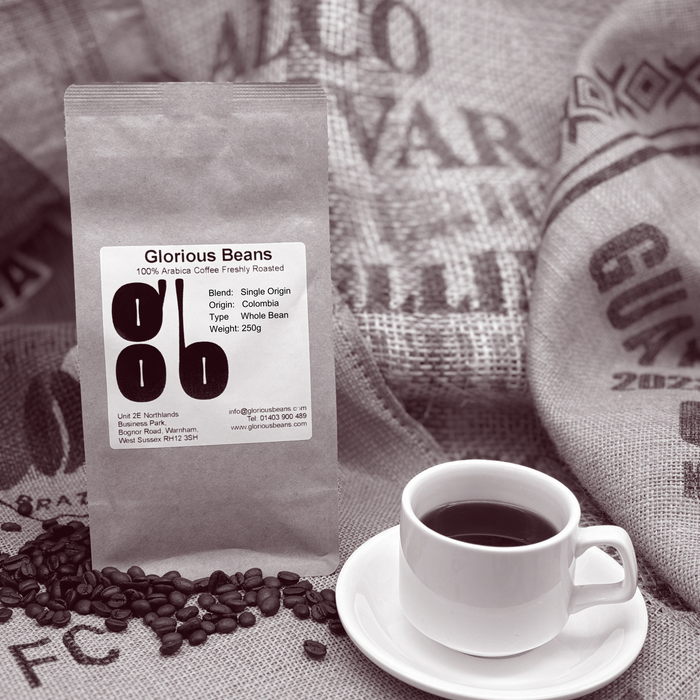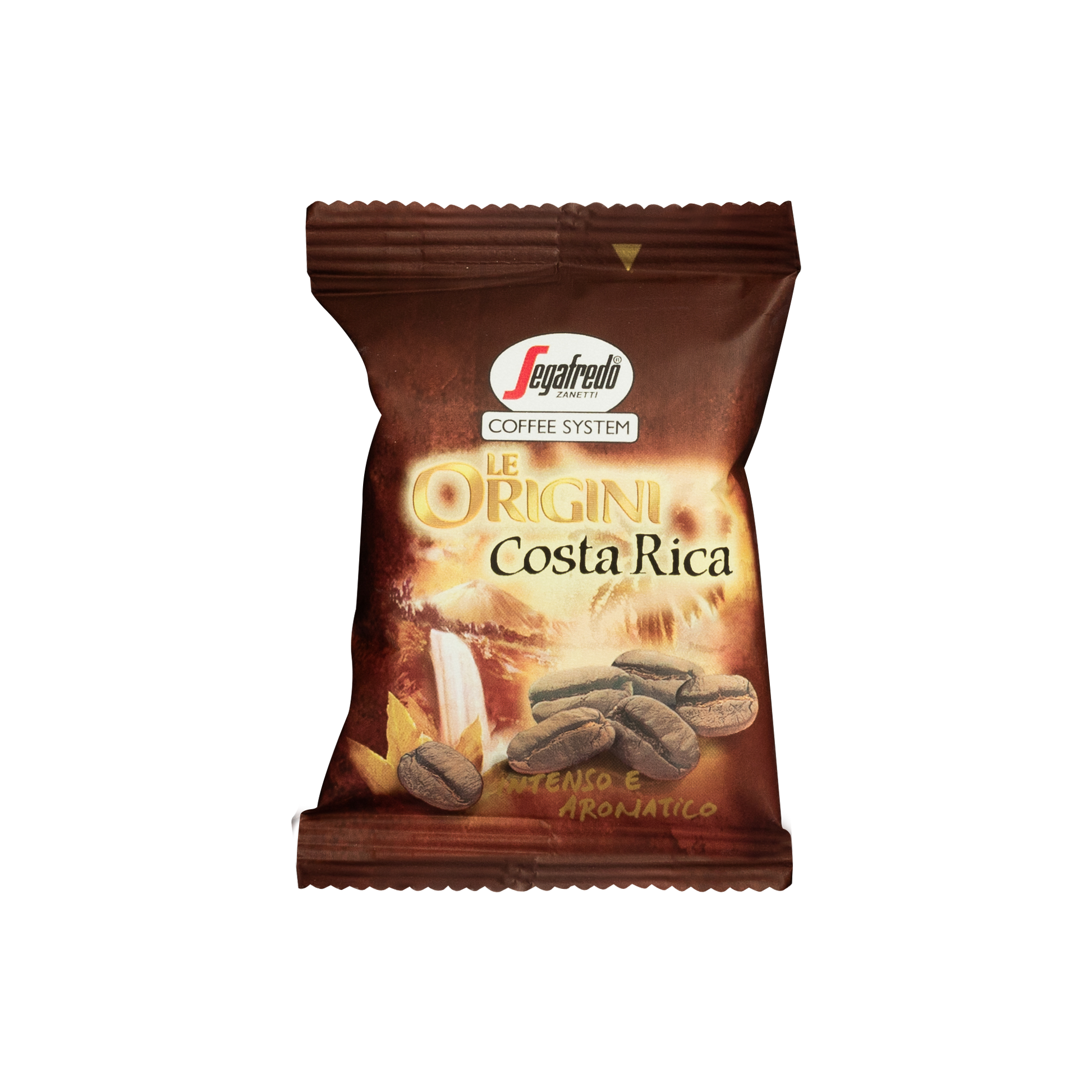Experience the Rich Flavor Profile of SOE Single Origin Espresso Today
Experience the Rich Flavor Profile of SOE Single Origin Espresso Today
Blog Article
Discovering the Abundant Tastes of Coffee Beans: a Deep Study Coffee and Blended Coffee Beans
When you explore the rich tastes of coffee beans, you discover an intricate world where each selection brings its very own character to your mug. As you navigate via the art of coffee and the creativity behind combined coffees, you'll begin to value the nuances that make each sip special.
The Origins of Coffee Beans: Discovering Terroir and Flavor Profiles
When you take a sip of coffee, you're not just appreciating a beverage; you're experiencing a rich tapestry of tastes shaped by the beans' beginnings. Each region generates special flavor accounts influenced by dirt, altitude, and environment. For instance, beans from Ethiopia often rupture with bright, fruity notes, while those from Colombia often tend to offer a well balanced, nutty sweetness.
As you explore different origins, you'll observe how terroir-- the environmental variables affecting a crop-- plays an essential role - Single Origin Espresso. The very same coffee range can taste dramatically different relying on where it's expanded
When you consider these aspects, you start to appreciate the intricacy behind your mug. Each sip narrates of the land and the farmers who supported the beans. Following time you delight, think about the journey your coffee took prior to it reached your hands, and appreciate those intricate flavors that reflect its origin.
Comprehending Espresso: The Art and Science Behind the Brew
When you think of espresso, it's not practically the solid taste; it's also about the techniques that bring it to life. Understanding how various prep work methods impact preference can change your brewing experience. Let's explore the intricacies of coffee prep work and discover the special flavor accounts that make each mug unique.
Coffee Preparation Methods
Espresso preparation is both a science and an art, combining specific strategies with a deep understanding of coffee. To begin, you'll want to choose top quality, freshly baked beans and grind them finely for perfect removal (Single Origin Espresso). The work size is crucial; as well coarse, and your coffee will be weak, also fine, and it'll be bitter
The result must be a rich, velvety espresso with a gorgeous layer of crema on top. With practice, you'll understand these techniques.
Taste Profiles Described
The world of coffee supplies an abundant tapestry of flavor accounts that can elevate your coffee experience. You'll see a balance of bitterness, acidity, and sweetness when you take that very first sip. Each coffee bean carries special notes, from fruity and floral to nutty and chocolaty. Light roasts commonly display intense level of acidity and vivid flavors, while dark roasts present much deeper, bolder tones.
Comprehending these profiles aids you choose the best espresso for your palate. Trying out different blends can reveal unexpected combinations. A well-crafted mix could integrate the brilliant notes of an Ethiopian bean with the rich, chocolatey undertones of a Brazilian bean. Embrace the trip of uncovering coffee's varied tastes, and you'll change your coffee routine right into an amazing journey.
Processing Approaches: Exactly How They Impact Taste and Scent
While it might appear that the beginning of coffee beans is the most substantial variable in identifying their flavor and aroma, the handling methods made use of post-harvest play a just as necessary function. You'll locate that these methods can drastically alter the last taste account of your cup.
For example, the washed procedure removes the fruit from the beans prior to fermentation, commonly resulting in a cleaner, brighter taste. At the same time, the natural procedure leaves the fruit intact throughout drying, resulting in a sweeter, fruitier account.
Other approaches, like honey processing, strike a balance, enabling some fruit mucilage to remain, supplying a distinct intricacy.
Each processing method interacts with the beans' fundamental features, boosting or muting certain tastes and scents. When you sip that espresso or combined coffee, remember that the journey from cherry to mug is affected not simply by beginning but likewise by just how those beans were refined.
Roasting Techniques: Unlocking the Complete Possible of Coffee Beans
Roasting techniques are necessary for revealing the full capacity of coffee More Help beans, as they change raw, environment-friendly beans into the fragrant, flavorful coffee you appreciate. The selection of roasting technique-- light, medium, or dark-- dramatically influences flavor accounts. Light roasts preserve the beans' natural acidity and fruity notes, while medium roasts balance sweetness and richness. Dark roasts, on the other hand, highlight vibrant, smoky tastes.
You can experiment with roasting times and temperatures to locate your best mixture. A slower roast at lower temperatures allows for complex tastes to create, while a quicker roast can increase resentment. Take note of the cracks throughout toasting; the very first crack indicates a light roast, while the 2nd fracture signals a dark roast. By grasping these strategies, you'll reveal a globe of taste, elevating your coffee experience to brand-new elevations. Take pleasure in every sip, understanding the care that went right into your mug!
The Magic of Blended Coffee: Developing Distinct Flavor Experiences
Developing an one-of-a-kind flavor experience with combined coffee can change your morning routine into an expedition of taste. By incorporating different beans from numerous regions, you can reveal a harmony of flavors that raise your cup to new elevations. Each blend deals an unique account, balancing sweetness, body, and acidity to produce something genuinely special.
When you choose a mix, you're not simply choosing a coffee; you're picking a journey throughout varied landscapes and cultures. Try out different combinations permits you to discover your personal faves, whether you enjoy fruity notes or abundant, chocolatey touches.

Sampling Notes: Identifying the Nuances in Your Cup
As you sip your coffee, you may notice a spectrum of flavors dancing on your taste, each revealing the intricacies of the beans. You may taste the brilliant level of acidity reminiscent of citrus or the deep, rich notes similar to dark delicious chocolate. our website The sweet taste can stimulate honey or sugar, stabilizing the general account beautifully.
Focus on the body of the coffee-- does it feel light and ventilated, or is it complete and creamy? The finish, too, provides clues; a lingering aftertaste may hint at nuttiness or floral undertones.

Do not neglect to discover the special attributes of different origins, as each area presents distinctive tastes - Single Origin Espresso. Ethiopian coffees typically present fruity notes, while Colombian beans could showcase a more spherical sweet taste. By acknowledging these nuances, you'll grow your recognition for each mug, raising your coffee experience to new elevations

Developing Approaches: Optimizing Flavor Extraction for every single Bean
When you discover the different developing techniques, you'll discover that each strategy can substantially impact the taste profile of your coffee. From French press to pour-over, each approach essences different substances, enhancing or silencing particular notes. Utilizing a French press enables oils to stay in the mixture, producing a richer preference, while pour-over emphasizes clearness and illumination.
Temperature and grind dimension also play necessary roles. A coarser work functions best for cold view it now mixtures, while a great grind is suitable for espresso. Try out water temperature-- between 195 ° F and 205 ° F-- can disclose hidden flavors, also.
Don't forget soaking time; a quick extraction can bring about sour notes, while over-extraction may produce anger. By adjusting these variables, you can take full advantage of taste extraction and really raise your coffee experience. Delight in the trip of uncovering what method best fits your taste buds!
Regularly Asked Inquiries
What Is the Ideal Water Temperature for Brewing Coffee?
The excellent water temperature level for brewing coffee's in between 195 ° F and 205 ° F. If you make use of water that's too warm, you'll over-extract tastes; also cool, and you will not remove enough. Objective for that wonderful area for the very best brew!
How Does Grind Size Impact Coffee Flavor?
Grind size significantly impacts coffee flavor. Finer grinds essence a lot more oils and tastes, leading to a bolder preference, while coarser grinds return a lighter flavor. Changing grind size helps you achieve your desired coffee profile.
Are There Health Benefits Associated With Drinking Coffee?

What Is the Difference In Between Arabica and Robusta Beans?
Arabica beans are smoother and sweeter, often including fruity tastes, while robusta beans are stronger with a bitter preference and higher caffeine content. You'll see these distinctions in scent and brewing experience.
Just How Can I Shop Coffee Beans for Freshness?
To store coffee beans for quality, keep them in a closed container, away from wetness, light, and heat. You'll keep their taste longer if you just grind what you need right prior to brewing.
Checking Out the Rich Tastes of Coffee Beans: a Deep Dive Into Espresso and Blended Coffee Beans.
When you discover the rich flavors of coffee beans, you discover a complex globe where each variety brings its very own character to your cup.When you take a sip of coffee, you're not simply taking pleasure in a drink; you're experiencing an abundant tapestry of flavors formed by the beans' origins.Roasting methods are vital for disclosing the full possibility of coffee beans, as they change raw, environment-friendly beans into the fragrant, tasty coffee you appreciate.As you sip your coffee, you could notice a spectrum of tastes dancing on your palate, each exposing the intricacies of the beans.
Report this page